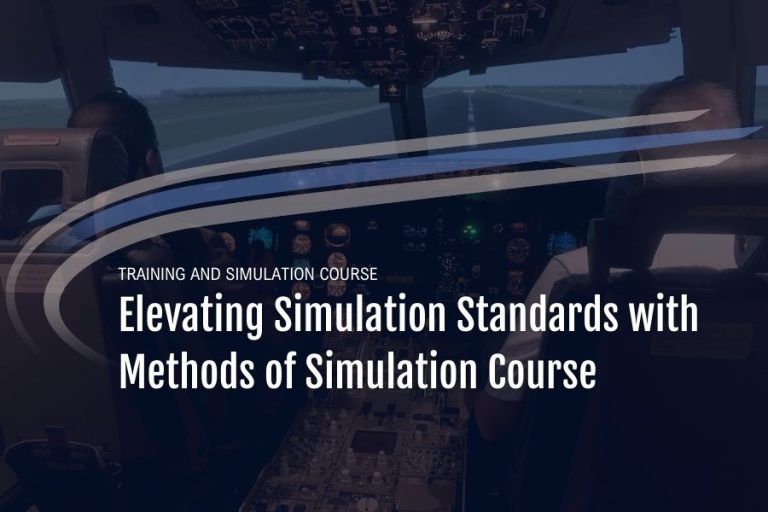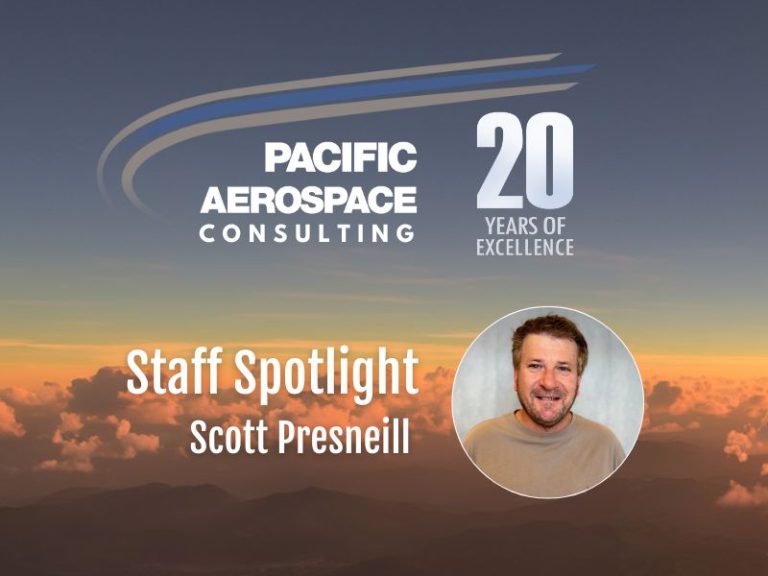And now for something completely different…
Once upon a time almost 20 years ago, I attended an engineering lecture on the stochastic modeling techniques for pseudo-random applications. Wait! Don’t leave! It will all make sense. I promise.
During the lecture, I did my share of eye rolling and mental doodling. I hardly remember the lecture itself. I love to learn technical stuff but I’m more of an electromagnetic wave propagation kind of guy. This lecture was less about electrical engineering and more about probability and statistics. Yuck.
I remember two things about that presentation:
(1) The exceptional coffee served in miniature porcelain cups and saucers. There were no clunky man-mugs to be found. Each cup was as tiny as it was delicate. The small cup and smaller handle forced my little finger to extend. No matter how hard I tried to wrap it around the cup, there was no cup to wrap it around.
(2) The speaker’s word-picture description of the Markov process, which is a mathematical method for accurately quantifying events that seem completely random.
The Markov process bounds the unpredictable, and allows examination. By knowing the current state (but not the previous state) of the “unpredictable” thing, we can predict its next state.
A weather front can be thought of as Markovian. Sort of. Your weather tomorrow depends upon your weather today, but not so much on yesterday’s. Tomorrow’s weather may influence your weather two days from now, but today’s weather becomes irrelevant, and so on.
What is not a Markov process? A game of dice. Each roll is independent of the other rolls. One roll does not influence the next, and each subsequent roll is not influenced by the previous one. Hang on! We’re almost there!
Your next question to me is blatantly obvious to the casual observer: What about the path of a drunk wandering down the street after a long stay in the local pub? Is the drunk’s path a Markovian process? I knew you were going to ask that!
On the surface, the errant path a drunk takes seems completely random from one trip home to the next. If we traced each path home for a week, then overlapped them all, we may find seven distinct paths with minimal overlap.
Now picture that drunk in a tunnel. The drunk is the random thing we want to know about. The tunnel is the Markov process putting boundaries on the thing. The drunk can still be just as drunk and walk just as randomly, as long as he/she stays inside the tunnel. We still know nothing about the drunk’s path before he/she walks it, but the Markov process allows us to examine each step taken along the way.
So the drunk takes the first step out of the pub. Then the second step is taken. We now know within some certainty where that second foot will drop, based on where the first one is. After foot #2 its the sidewalk, we can forget about the first foot. We now only care about the third step, which is based on the position of step #2. And so on. Almost done!
Tracking the drunk in this way makes the path highly predictable as each step is taken. In this way, we can predict the drunk’s path every time. We can also predict a communications signal, or weapons guidance system, or enemy target, or a smart phone’s GPS.
Suddenly, something that seems unknowable is not only knowable but predictable at a high degree of accuracy. That’s the beauty of the Markov process in mathematics and engineering.
Whew! That’s a lot of words to describe a complex mathematical process, and if you still have no clue how the Markov process actually works, that’s OK. I work in that world and I struggle with it at times.
In fact, if you don’t get it, that’s the reason for this post. You’ll probably forget the name Markov long before you forget the drunk in a tunnel, even if you forget why the drunk’s in a tunnel in the first place.
Because of that simple word-picture, a lot of engineer-types were able to realize a complex and difficult-to-explain concept. A great word-picture is literally worth a thousand words. It can make the difference in your audience getting it or not, whether you’re speaking in front of a large conference, teaching an artistic workshop, or talking with a lover over dinner.
On the other hand, a terrible word-picture is like a melody you wish you never heard. It’s that tune that worms its way inside your head against your will, and replays over and over and over and over. And over. The song gets lodged like a particle of food between your teeth. You pull out the last piece of the floss from the dispenser, only to find that the string is too short to grip with both hands.
I can’t do it.
I don’t have the heart to type, “Do you really want to hurt me? Do you really want to make me cry?”
So I won’t.












